 Colonel Robin Olds
Colonel Robin Olds
Gender: Male
 Colonel Robin Olds
Colonel Robin Olds
Oliver, Dan (Lynching of)
Oliver, M. E.
aka: Marvin Elmer Oliver
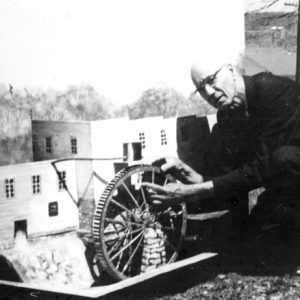 M. E. Oliver
M. E. Oliver
 Olyphant Train Robbers
Olyphant Train Robbers
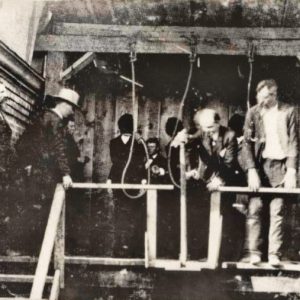 Olyphant Train Robbers Execution
Olyphant Train Robbers Execution
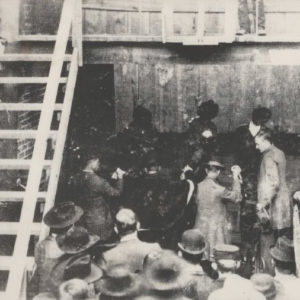 Olyphant Train Robbers Execution
Olyphant Train Robbers Execution
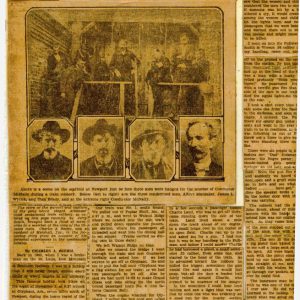 Olyphant Train Robbery Account
Olyphant Train Robbery Account
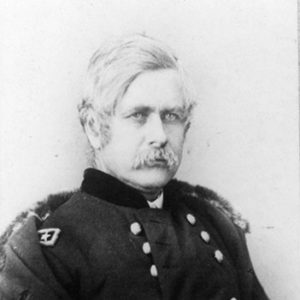 Edward Ord
Edward Ord
Ord, Edward Otho C.
Original Tuskegee Airmen
aka: Tuskegee Airmen, Original
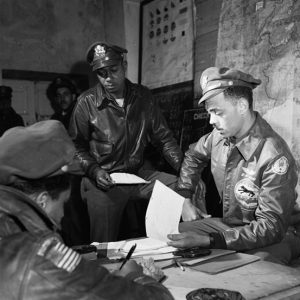 Original Tuskegee Airmen
Original Tuskegee Airmen
 Original Wallpaper
Original Wallpaper
Orr, David
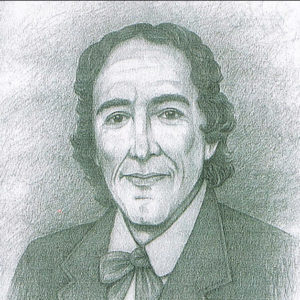 David Orr
David Orr
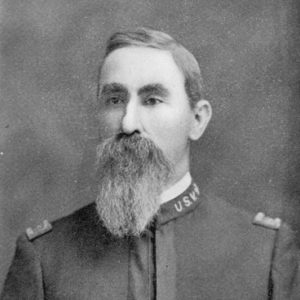 Zaphney Orto
Zaphney Orto
 Zaphney Orto
Zaphney Orto
Orto, Zaphney
Orton, Mat (Lynching of)
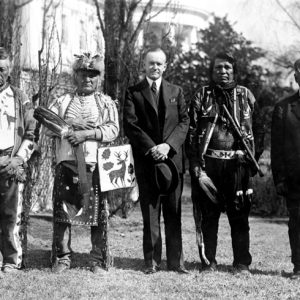 Osage Indians
Osage Indians
 Osbornes
Osbornes
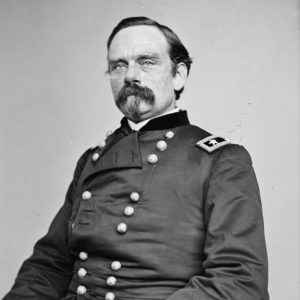 Peter J. Osterhaus
Peter J. Osterhaus
Osterhaus, Peter Joseph
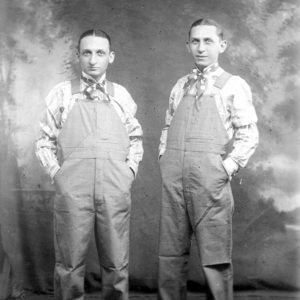 Ottenheimer Brothers
Ottenheimer Brothers
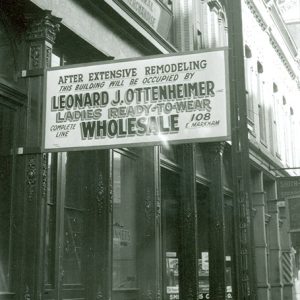 Ottenheimer Store
Ottenheimer Store
 Daniel Ottenheimer
Daniel Ottenheimer
Ottenheimer, Gus
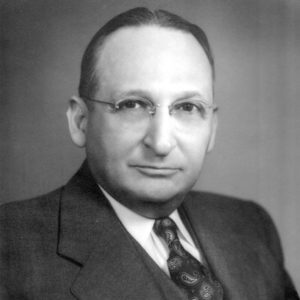 Gus Ottenheimer
Gus Ottenheimer
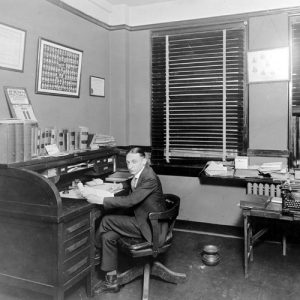 Gus Ottenheimer
Gus Ottenheimer
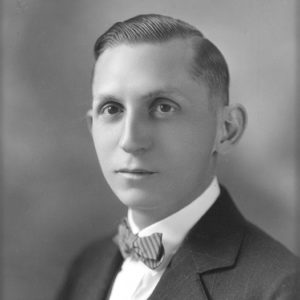 Leonard Ottenheimer
Leonard Ottenheimer
 Perry Ouzts
Perry Ouzts
Ouzts, Perry Wayne
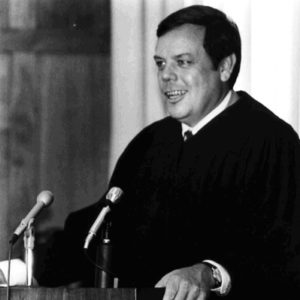 William Overton
William Overton
Overton, William Ray
Owen, Hurley (Lynching of)
 Dan Owens
Dan Owens
 Freeman Owens
Freeman Owens
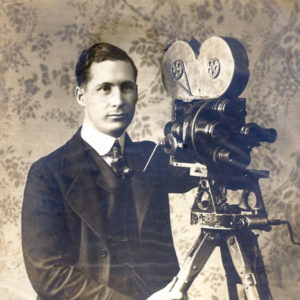 Freeman Owens
Freeman Owens
 Freeman Owens
Freeman Owens
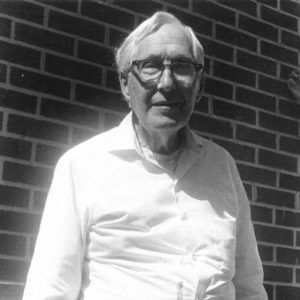 Freeman Owens
Freeman Owens
Owens, Freeman Harrison
Owens, Henry (Reported Lynching of)
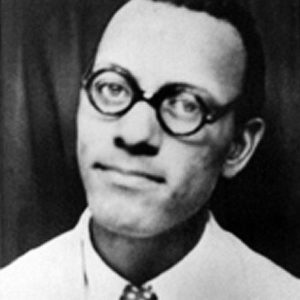 Silas Owens
Silas Owens
Owens, Silas
Owens, William (Execution of)
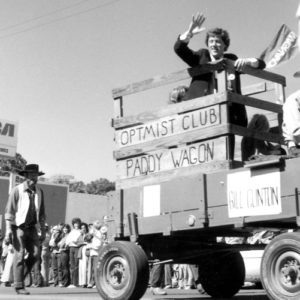 Ozark Frontier Trail Festival
Ozark Frontier Trail Festival




